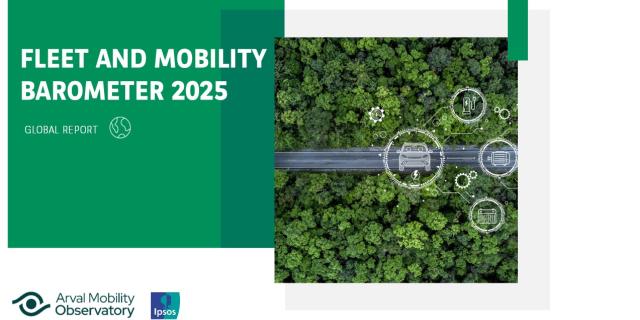- Arval Mobility Observatory’s latest white paper dives into the evolving role of Total Cost of Ownership (TCO).
- TCO’s surge in between 2020 and 2025 appears to be more a function of macroeconomic inflation than the result of fleet electrification.
- From right vehicle selection and rightsizing to exploring alternative mobility models, key strategies can be leveraged to contain TCO without compromising strategic goals.
To read this whitepaper, please fill the form below:
The Arval Mobility Observatory, a widely recognized and trusted source of insight and foresight of corporate mobility intelligence, has released its newest white paper: “Understanding Total Cost of Ownership (TCO): 2025 Outlook & Strategic Levers for Managing it”.
Surging TCO Redefines Fleet Strategies
The report explores the evolving role of Total Cost of Ownership (TCO) as fleets navigate unprecedented market shifts. Since 2020, TCO has surged by up to 30%, reshaping how organisations approach vehicle selection, contract management, and electrification strategies. Rising vehicle prices, energy costs, labour expenses, and financing rates have fundamentally transformed the economic landscape in which fleets operate. This white paper also provides a TCO comparison across powertrain types in the highly relevant C- and D-segment passenger car categories, offering valuable insights for fleet managers who are increasingly evaluating the cost implications of choosing between BEVs and ICE vehicles.
2020 to 2025: Simulating fleet spend evolution
This whitepaper provides a thorough understanding of the dynamics behind fleet cost evolution over the 2020–2025 period by offering a simulation of two scenarios:
Scenario 1: No electrification (100% ICE vehicle fleet)
Scenario 2: Gradual electrification from 0% BEVs in 2020 to 50% by 2025
These scenarios support the conclusion that cost increases are driven more by macroeconomic inflation than the result of fleet electrification.
Regaining control of TCO
A proactive, data-driven approach preserves progress on electrification and sustainability while ensuring financial efficiency. As such, this white paper outlines five key strategies to contain TCO without compromising strategic goals:
- Right vehicle selection and rightsizing
- Contract optimization
- Driver impact: Promote eco-driving
- Charging strategy
- Explore alternative mobility models
Empowering companies through change
As the automotive landscape undergoes profound transformation, TCO is emerging as a central element of strategic fleet planning. By integrating financial, operational and technological considerations, it enables companies to balance short-term cost control with long-term objectives such as electrification and regulatory compliance.
" TCO is becoming a strategic compass, guiding organizations through the complexities of a rapidly evolving automotive landscape. By embracing a comprehensive view of costs and trade-offs, fleet managers can align operational choices with long-term objectives. Through this white paper, we share insights that help turn complexity into opportunity." says Dan Boiangiu, International Arval Consulting & Arval Mobility Observatory Director













